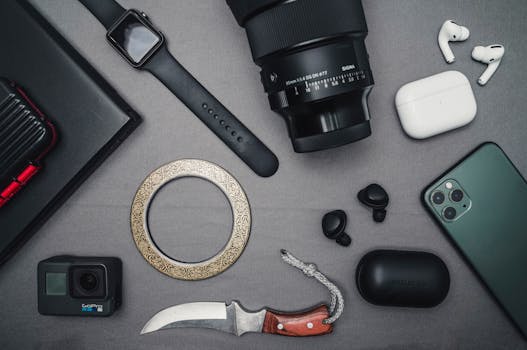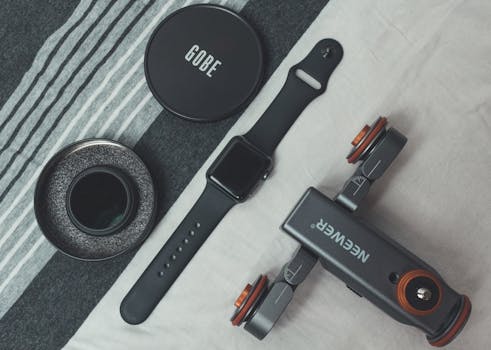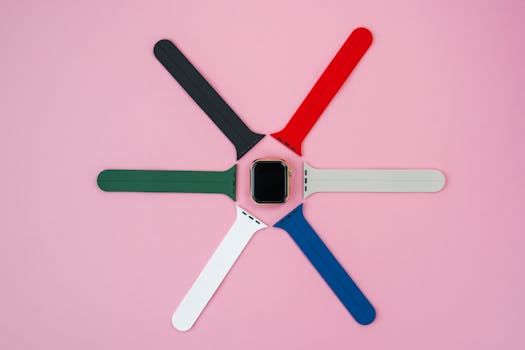The Timeless Journey: The Evolution of Wristwatches Through the Decades
Takeaways: The evolution of wristwatches reflects advancements in technology, changes in fashion, and shifts in cultural significance. Each decade brought unique styles and innovations, resulting in the diverse array of wristwatches we see today.
The Early 1900s: The Birth of the Wristwatch

Brands like Cartier and Patek Philippe started to produce wristwatches for military purposes, leading to a surge in their popularity. The designs were simple, yet elegant, featuring leather straps and minimalistic dials. This era marked the transition from pocket watches to wristwatches, setting the stage for their widespread acceptance.
The 1920s and 1930s: The Roaring Twenties and Art Deco Influence

This period also saw the introduction of the automatic movement, which allowed watches to wind themselves through the motion of the wearer’s wrist. This innovation made wristwatches more convenient and increased their popularity among men. The 1930s also brought about the first dive watches, such as the Rolex Submariner, designed for underwater exploration.
The 1940s and 1950s: Wartime Innovations and Post-War Boom

After the war, the 1950s ushered in a boom for wristwatches. With soldiers returning home, there was a growing consumer market for fashionable and functional watches. The introduction of the first wristwatches designed specifically for women, featuring smaller cases and delicate designs, catered to the increasing demand for feminine timepieces.
The 1960s and 1970s: The Quartz Revolution

During this time, digital watches also emerged, featuring LED displays and futuristic designs. The iconic Seiko Astron, released in 1969, was the world’s first quartz watch and paved the way for a new era in horology. However, this period also posed a challenge for traditional Swiss watchmakers, forcing them to innovate or risk obsolescence.
The 1980s and 1990s: Revival of Mechanical Watches

Wristwatches also became a fashion statement during this era, with brands like Swatch popularizing colorful, playful designs. The introduction of the first smartwatch, the Seiko Data 2000, hinted at the technological advancements yet to come.
The 2000s to Present: Smartwatches and Beyond

However, traditional watchmakers have also adapted by integrating technology into their designs, creating hybrid watches that maintain the classic aesthetic while incorporating smart features. This era represents a fusion of fashion, technology, and functionality, appealing to a wide range of consumers.
Today, wristwatches continue to evolve, with advancements in materials, design, and functionality. From luxury timepieces to practical fitness trackers, the wristwatch remains an essential accessory, reflecting personal style and technological innovation.



